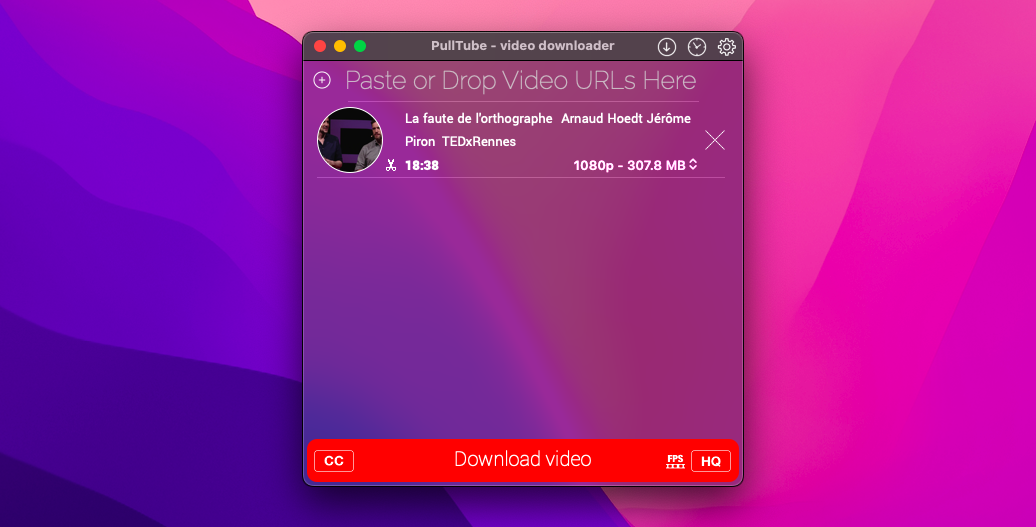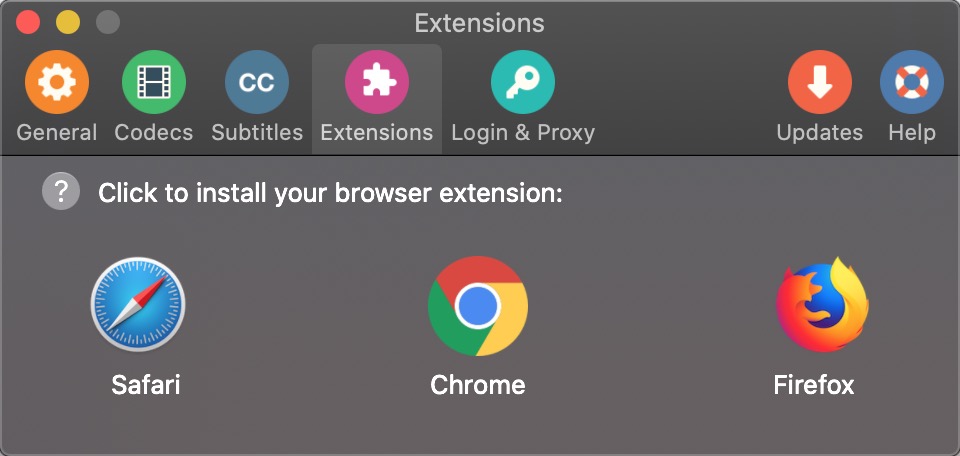

In fact, Anadarko was able to move from concept selection to cutting first steel for Heidelberg spar’s hull within six months, and from concept selection to cutting first steel on the topsides in only 12 months. The synergies and efficiencies created by this strategy helped Anadarko produce first oil at Heidelberg–the first field development to replicate the Lucius spar design–ahead of schedule and under budget. The benefits of using the same standard design for multiple projects include less time to sanctioning, reduced engineering charges, expedited order placement, ease of contracting, certainty of design and scheduling, and enabling the exchange of parts, personnel, equipment, etc. The Lucius spar design was meant to be flexible. Lucius was brought online just over three years after project sanctioning, and Heidelberg achieved first oil only 32 months after sanctioning. The Heidelberg spar is in 5,300 feet of water at Green Canyon 859 and has a capacity of 80,000 bbl/d and 80 MMcf/d. Stationed in 7,000 feet of water at Keathley Canyon 875, the Lucius spar has a daily capacity of 80,000 barrels of oil and 450 million cubic feet of gas. The look-alike spars are both 110 feet in diameter and 605 feet long, with hulls weighing 23,000 tons. One year later and some 100 miles to the northeast, production commenced significantly ahead of schedule on a “sister” truss spar at the Heidelberg Field. and its partners achieved first oil on a newly installed truss spar at the deepwater Gulf of Mexico Lucius Field on Jan. This study indicates that it could be adequate to use Flexcom to conduct pipe-in-pipe analysis with much better efficiency for analysis of in-place SCR within PT or pull-in analysis of SCR through PT.HOUSTON–Utilizing a “design one, build two (or more)” production facilities approach, Anadarko Petroleum Corp. While the friction between SCR and PT is not accounted for in Flexcom, its effect is mainly on tension especially of PT, and insignificant for bending moment and bending stress, which governs the strength and fatigue performance of both PT and SCR at the upper hang-off region. The comparison shows that Flexcom pipe-in-pipe analysis of in-place SCR within PT or pull-in analysis of SCR through PT can obtain satisfactory results in bending moment and stress for both static and dynamic simulations with close agreement with ABAQUS. Bending moment, tension, shear force, and von Mises stress of both SCR and PT were compared. Both static and dynamic loading conditions, as well as the pull-in process were included in the paper. SCR through PT, was conducted to compare the performance of ABAQUS and Flexcom, a package popular in the offshore oil and gas industry dedicated to flexible structures like risers or mooring lines.

A benchmark study of pipe-in-pipe analysis, i.e. In the past, those analyses have been done primarily using ABAQUS, an advanced nonlinear FEA commercial tool. Pipe-in-pipe analyses of in-place SCR (Steel Catenary Riser) within pull-tube (PT) or pull-in analyses of SCR through PT are computationally complicated problems in offshore development in the application of SCR hanging off through PT from a platform such as Spar.


 0 kommentar(er)
0 kommentar(er)
